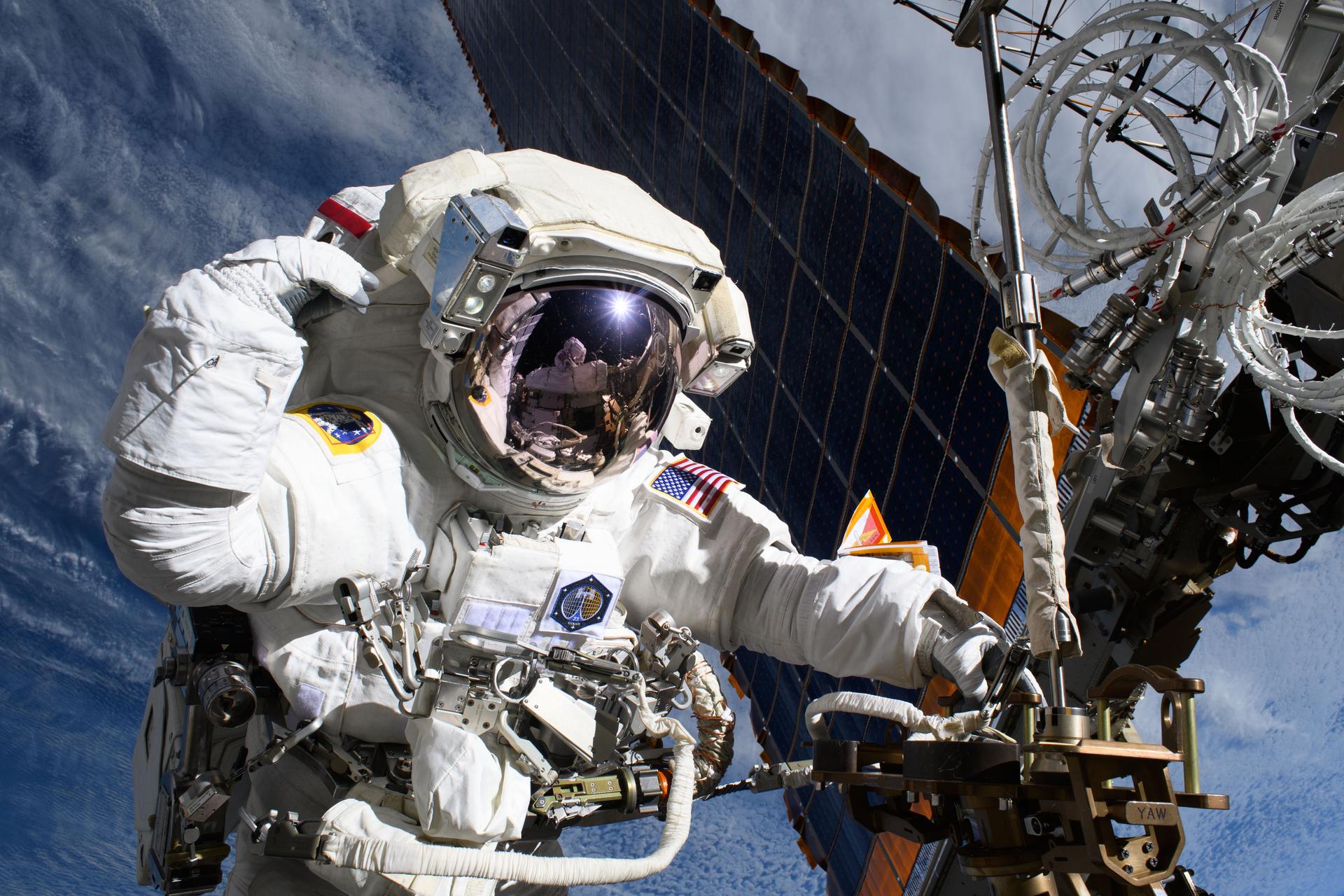Space Station Crew Tackles Orbital Maintenance and Cutting-Edge Research in Stellar Workday

Astronauts aboard the International Space Station (ISS) have been hard at work, meticulously cleaning and organizing after an intensive spacewalk focused on enhancing the station's critical power infrastructure. The dedicated Expedition 73 crew members seamlessly transitioned from their exterior maintenance tasks to continuing vital scientific research and routine station upkeep, showcasing the remarkable multitasking skills required in the challenging environment of space.
During their recent extravehicular activity, the astronauts successfully upgraded the orbital platform's power systems, ensuring the continued smooth operation of this remarkable orbiting laboratory. Following the spacewalk, the crew diligently prepared the station's interior, maintaining the pristine and efficient environment essential for groundbreaking scientific exploration and international collaboration in space.
